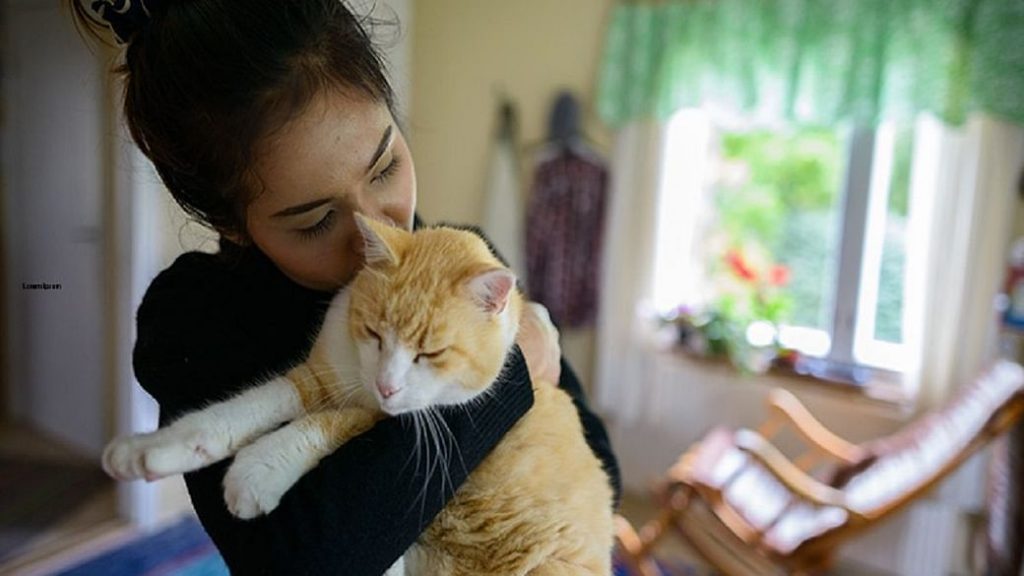In a major study, researchers have found that there’s considerable risk that humans transmit SARS-CoV-2, the virus that causes COVID-19, to wildlife and pets.
The study, published in the journal Mammal Review, noted that if SARS-CoV-2 were to infect and spread among wild mammals, it could potentially cause disease in some populations, in turn further endangering already threatened species.
“We really should avoid turning our pandemic into a multi-species problem,” said study lead author Sophie Gryseels from the University of Antwerp in Belgium.
For the findings, the research team regularly searched the studies with different combinations of the keywords: SARS-CoV-2, infection experiment, animal model, mammal, susceptibility, ACE2, cell line, coronavirus, wildlife.
Thet particularly checked ProMED, a community-driven platform that scans infectious disease news and reports every instance of non-human animals naturally infected by SARS-CoV-2.
Though most people very rarely come into close contact with live wild animals, transmission of SARS-CoV-2 from humans could readily occur during (field) activities.
Also, if SARS-CoV-2 could be sustainably transmitted among some mammalian populations or communities, this would create new animal reservoirs that could repeatedly source new outbreaks in humans and other animals.
The researchers urge people to take sanitary precautions when in direct or indirect contact with wild or feral mammal species to prevent human-to-wildlife SARS-CoV-2 transmission.
“It’s difficult enough to control the SARS-CoV-2 in human populations–imagine what it will be like if it spreads among wild mammals,” said study reseacher KU Leuven from the University of Arizona in the US.
“They could also get sick and form a reservoir from which they can then again infect humans, but we can’t ask animals to wear face masks and keep physical distance,” Leuven noted.
IANS
